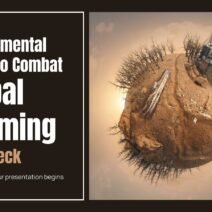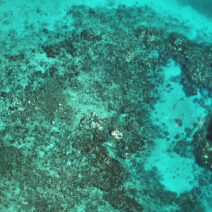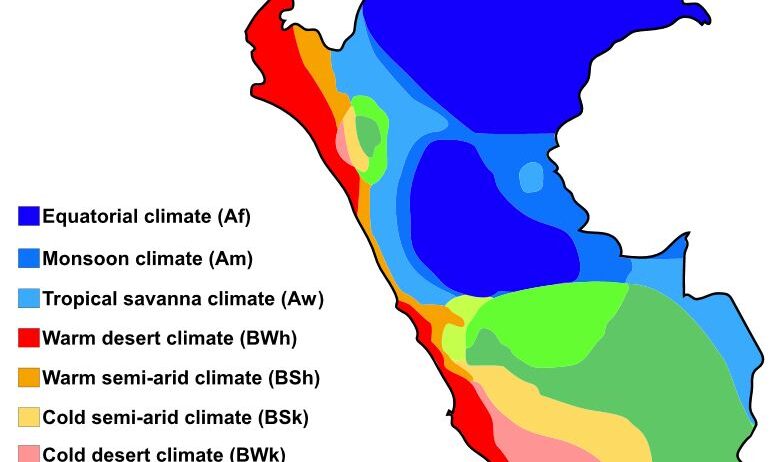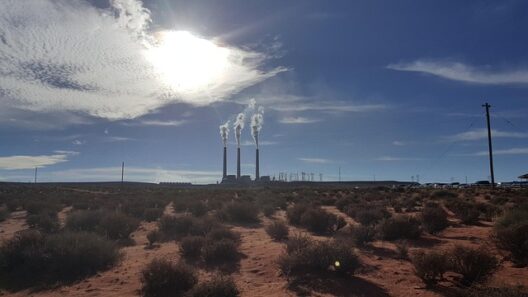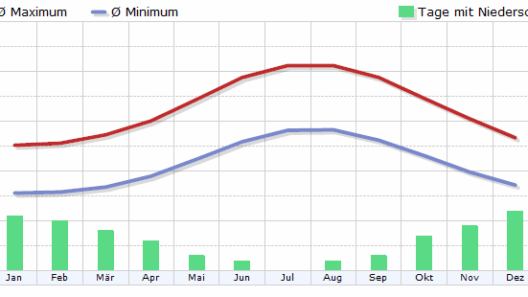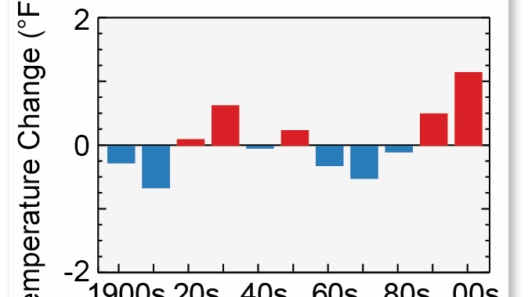Peru, a land characterized by its stunning landscapes and rich cultural tapestry, is also a country of remarkable climate contrasts. What’s the weather like in Peru, you might wonder? The answer is complex, as it varies significantly across the country’s diverse regions—from the arid coastal areas to the high Andean mountains, down to the lush Amazon rainforest. Each of these regions presents a unique climatological identity influenced by altitude, geography, and prevailing winds.
For example, the coastal region, particularly in cities like Lima, experiences a desert-like climate, marked by limited rainfall and mild temperatures. Here, the Pacific Ocean plays a pivotal role in regulating the temperature. While summer months from December to March bring warmer weather, the winter, spanning from June to September, is shrouded in humidity and gray skies, often referred to as the “garúa.” Tourists seeking sun might be surprised by the cooler temperatures and overcast conditions prevalent during the latter part of the year.
In stark contrast, the Andean region boasts a mountainous landscape where the weather can change dramatically within mere hours. The altitude dictates the climate, resulting in cooler temperatures as one ascends. The cities of Cusco and Puno, situated at high elevations, experience a distinct wet and dry season. The rainy season from December to March poses a significant challenge to travelers, leading to potential landslides and access issues. Conversely, the dry season from May to October offers clear skies and optimal trekking conditions, inviting outdoor enthusiasts to explore cultural wonders like Machu Picchu.
Then we venture into the Amazon basin, a vibrant ecosystem teeming with biodiversity. This region faces a tropical climate, with heavy rainfall occurring year-round. The sheer volume of precipitation can lead to flooding, making some areas less accessible during certain months. Yet, for those who are willing to brave the weather, the perks of visiting this verdant paradise are innumerable—exotic wildlife, lush landscapes, and the intoxicating sounds of nature serenading visitors through the canopy.
But what happens when climate challenges converge with tourism? The rapid expansion of visitor numbers has introduced pressing issues across all regions. In areas like Lima, pollution and urban sprawl threaten both the environment and the inhabitants’ quality of life. Meanwhile, the eco-system of the Amazon is under siege due to deforestation and climate change, leading to loss of biodiversity that impacts indigenous communities and global ecology alike. Can sustainable tourism offer a viable solution? The question looms large.
Sustainable practices must be the cornerstone of Peru’s approach to capitalizing on its tourism potential while safeguarding its natural heritage. Eco-tourism initiatives, community-based tourism, and environmental education are essential tools that could combat the deleterious effects of mass tourism. For instance, by promoting conservation projects and creating economic opportunities for local communities, visitors can partake in a mutually beneficial relationship that respects and nurtures the environment. By choosing eco-friendly accommodations and supporting local artisans, tourists can help mitigate the environmental impact while enjoying authentic experiences.
As travelers endeavor to explore Peru’s rich climatic tapestry, they must also grapple with the volatility that climate change brings. The Peruvian Andes are home to numerous glaciers, essential for the freshwater supply that supports agriculture and populations downstream. Climate change-induced glacial melting threatens this balance, resulting in water scarcity during the dry season and increased flooding during the rainy season. Addressing these environmental variables requires collective action from both the government and civilians to implement sustainable water management practices.
Furthermore, the impact of climate change is not confined to environmental degradation; it poses significant ramifications for public health. Increased temperatures can lead to the proliferation of vector-borne diseases, which may not have been prevalent in certain regions of Peru in the past. Concerted efforts are needed to bolster public health systems, foster awareness, and promote preventative measures across various communities.
As Peru faces these multifaceted climate challenges, the path forward must embrace innovation and responsibility. Educational programs targeting upcoming generations can instill an appreciation for the environment and encourage stewardship. Citizens need to recognize their role as custodians of their land, as public engagement is vital in crafting a future that harmonizes progress with preservation.
In conclusion, understanding “What’s the weather like in Peru?” reveals much more than a simple meteorological inquiry. The climate serves as a mirror reflecting the complexities of the country’s environmental and societal relationships, challenging us to engage thoughtfully with our surroundings. The diverse weather patterns underscore the need for adaptable strategies in navigating the myriad of opportunities and hurdles Peru faces. With its stunning panoramas and socio-ecological narratives, the journey through Peru’s climate is as evocative as it is essential. Will Peru rise to the occasion, embracing unyielding stewardship and innovative tourism, to become a paradigm of sustainability?
